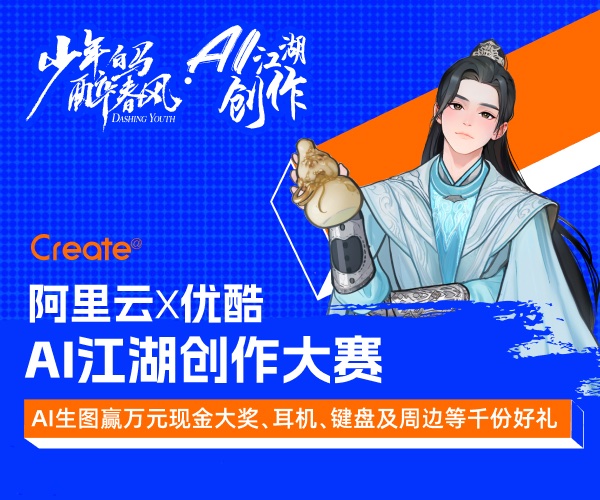面向对象遗忘补充
概念:
只要存在继承关系,从子类进入到父类中,父类内部方法执行过程中的self就都是子类的实例对象。
如果没有继承关系存在,那其内部方法的self就是该类本身的实例对象。
类/对象的绑定方法,在执行时都会自默认将这个对象或者类以隐藏self的形式传入。
代码:
--
继承理解:

1 class Fly(): 2 def fly(self): 3 print('%s会飞' % self.name) 4 5 6 class Run(): 7 def run(self): 8 print('%s会跑' % self.name) 9 10 11 class Eat(): 12 def eat(self): 13 print('%s会吃饭' % self.name) 14 15 16 class Person(Run, Eat): 17 def __init__(self, name): 18 self.name = name 19 20 21 class Bird(Fly, Eat): 22 def __init__(self, name): 23 self.name = name 24 25 26 per = Person('chuck') 27 per.eat() 28 per.run() 29 30 bird = Bird('jinrui') 31 bird.eat() 32 bird.fly() 33 34 chuck会吃饭 35 chuck会跑 36 jinrui会吃饭 37 jinrui会飞
自定义控制文件读写类:

# 定义一个类,控制文件读写,并且在关闭文件时回收cpu资源 class Read(): def __init__(self,file,io,encoding): self.file = file self.io = io self.encoding = encoding self.open_file = open(self.file,self.io,encoding=self.encoding) # __del__在调用del时自动调用 def __del__(self): self.open_file.close() print('文件关闭') read= Read(r'C:\Users\Chuck\Desktop\luffy_b\课堂笔记.txt','rt','utf-8') print(read) del read


